 0
Product
Products
(empty)
0
Product
Products
(empty)
No products
Pet & Garden Supplies
- Poultry
-
Bird
- Birds For Sale
- Bird Seed & Grains
- Feeds, Treats & Supplements
- Lorikeet Food
- Breeding Aids
- Bird Cages
- Bird Medications
- Bird Care Supplies
- Pigeon
-
Dog
- Dog Treats
- Dog Food
- Dog Kennels
- Crates, Carriers & Pens.
- Dog Medication & Supplements
- Flea, Tick and Worming
- Shampoo & Grooming
- Puppy Care
- Dog Accessories
- Cat
- Rabbit & Small Animal
- Aquarium & Reptile
- Wildlife
- Horse, Stockfeed & Hay
- Pest Control
- Wire Mesh
- Organic Gardening
- Potting Mix & Mulch
- Manure, Compost & Fertiliser
- Lawn Care
- Garden Pest Control
- Fruit & Vegie Patch Care
- Orchid Care
- Home & Garden Care
- MISC Payments
Specials
Lucerne Pellets




 0 Review(s)
0 Review(s)




 0 Review(s)
0 Review(s)
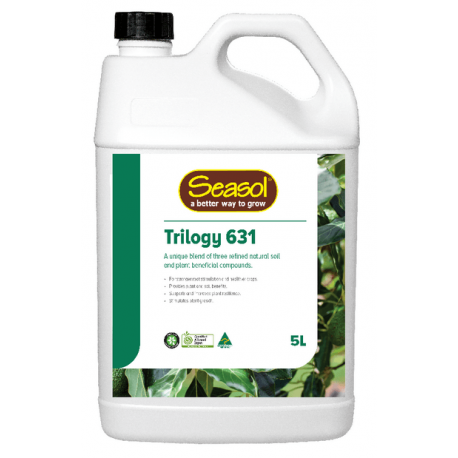 View larger
View larger
$75.00
Seasol Trilogy 631 (5 Litre)
SEASOL-TRIL5
Trilogy 631 is a unique blend of three refined natural soil & plant beneficial compounds. Seasol (Kelp), PowerFish (Fish extract) and Organic Humate. Trilogy 631 enhances plant and root growth, supplying the soil carbon and nitrogen.




 (0)
(0)




 (0)
(0)




 (0)
(0)




 (0)
(0)




 (0)
(0)
This will only calculate shipping on items that are currently in your cart
Related Products
-
Seasol Trilogy 631 (20 Litre)




 0 Review(s)
0 Review(s)
Trilogy 631 is a unique blend of three refined natural soil & plant beneficial compounds. Seasol (Kelp), PowerFish (Fish extract) and Organic Humate. Trilogy 631 enhances plant and root growth, supplying the soil carbon and nitrogen.
$224.00For Sale -
Healthy Earth Liquid NPK Fertilizer




 0 Review(s)
0 Review(s)
Healthy Earth Liquid Fertilizer with seaweed, volcanic minerals and soil wetters. Ideal for Flowers, Vegies, Fruit and Shrubs. A complete NPK fertilizer of commercial quality offering exceptional value without compromise.
$13.00For Sale -
Troforte Liquid Plant Food (RTU & Concentrate) 1.2 Litres




 0 Review(s)
0 Review(s)
A revolution in liquid plant food! Troforte® Liquid Plant Food lasts UP TO 3 MONTHS so you don’t have to guess when to next give your plants a feed! Simply feed them every 3 months, yes it’s that simple!
$21.00For Sale -
Seasol Seaweed Concentrate




 0 Review(s)
0 Review(s)
The use of Seasol as an organic plant health tonic significantly improves the benefits of a balanced nutritional program for optimising fruit set and delivering more consistent yields, year after year.
$13.00For Sale -
Seasol Commercial Strength 5 Litre




 0 Review(s)
0 Review(s)
Seasol commercial strength is a liquid seaweed extract which is 100% organic and provides a synergistic range of natural compounds and trace elements derived from a blend of the finest brown kelps from around the world.
$78.00For Sale -
Seasol Plus 5 Litre




 0 Review(s)
0 Review(s)
Seasol Plus is a unique blend of Seasol, fish, humate and fulvate for use where soil condition and root activity are important.
$86.00For Sale -
Seasol Plus 20 Litres




 0 Review(s)
0 Review(s)
Seasol plus is a unique blend of Seasol with added Fish, and Humate. It is a bio-positive material providing a balance of animal and plant-derived compounds. This makes it an easy “all in one” product that benefits both the plant and the soil.
$256.00For Sale





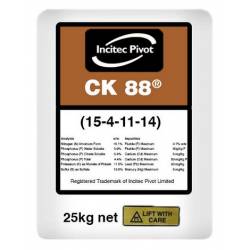

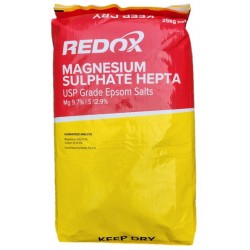
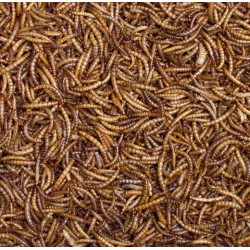
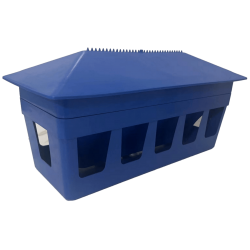
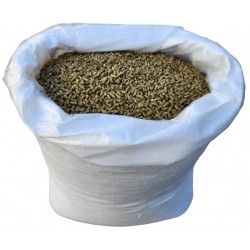
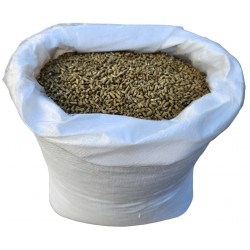



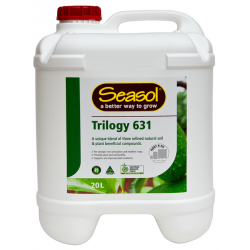
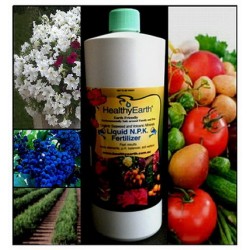
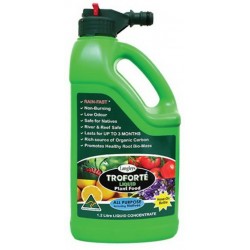
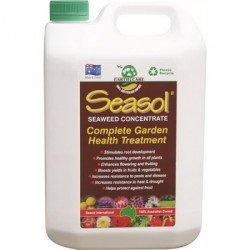
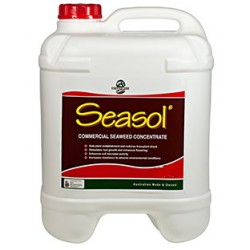
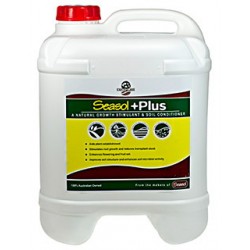
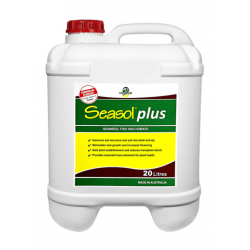
DOUBLE STRENGTH: With twice the concentration of regular Seasol!